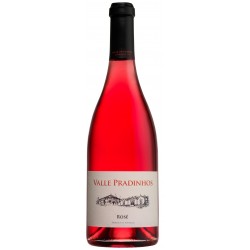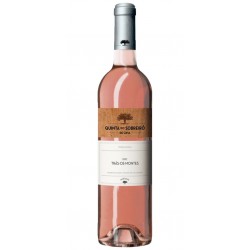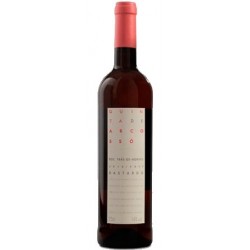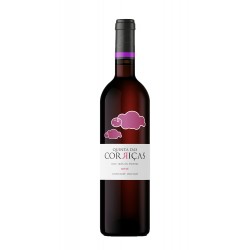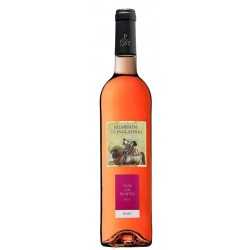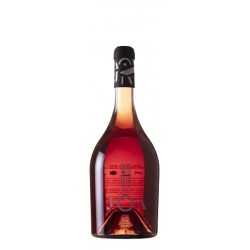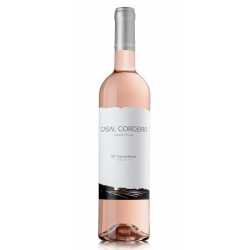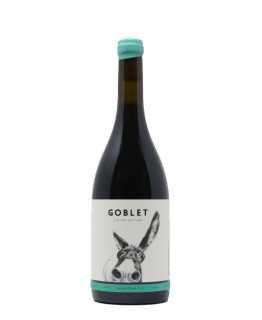Email info@presigewinesportugal.com
- EUR €
Rose
Trás-os-Montes wine is a Portuguese wine region located in the Trás-os-Montes e Alto Douro, the wine region is entitled Transmontano VR, and some areas are classified at the higher DOC (Denominação de Origem Controlada), under the designation Trás-os-Montes DOC. Trás-os-Montes region has vineyards that produces a wide range of wines, and the region has vineyards across a wide range of altitudes. The coolest high altitude produces light bodied wines, when regions width low altitude produces full bodied, and high alcoholic wines. The Trás-os-Montes region has three subregions entitled to the Tras-os-Montes DOC Designation: Chaves, Planalto Mirandês, Valpaços, and produces a wide variety of grapes such as Bastardom Cabernet Franc, Cabernet Sauvignon, Chardonnay, Donzelinho, Gewürztraminer, Gouveio, Malvasia Fina, Merlot, Mourisco Tinto, Pinot Noir, Rabo de Ovelha, Sauvignon Blanc, Semillon, Tempranillo, Tinta Amarela, Tinta Barroca, Tinta Cao, Touriga Francesa, Touriga Nacional and Viosinho. The following section of wines is composed by Rosé Wines, also known as Rosado, is made from a wide variety of grapes, and may be the oldest known type of wine. It incorporates some of the color from the grapes skin, but not enough to qualify it as a red wine, and can be found across the globe. The color of Rose wine can range from a pale orange to a vivid near purple, depending the grape varieties used and the winemaking techniques. The skin contact is one of the methods to produce rosé wine, when the black-skinned grapes are crushed and the skins are allowed to remain in contact with the juice from one to three days period. The Saignée (from French bleeding) method is applied when the winemaker desires to impart more tannin and color to a red wine, where some of the pink juice can be removed at an early stage. The Vin Gris are wines made from the immediate pressing of red skin grapes without any maceration time.

